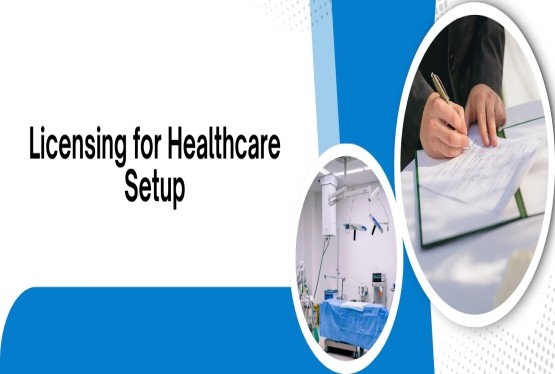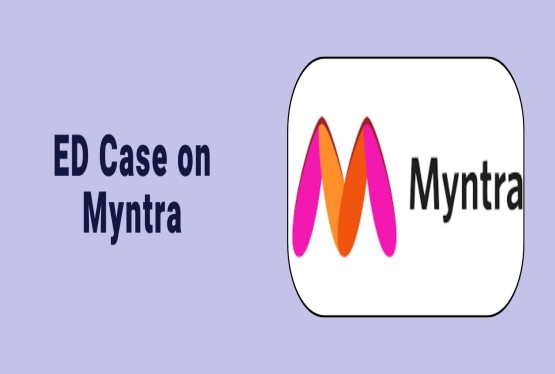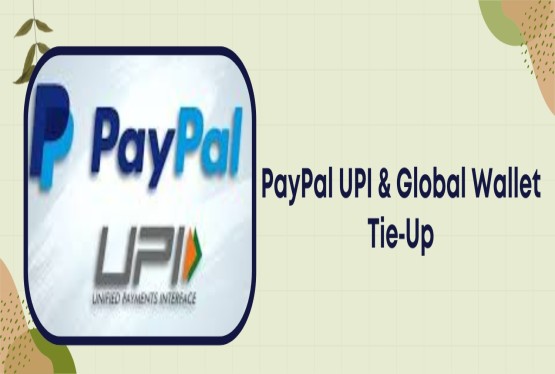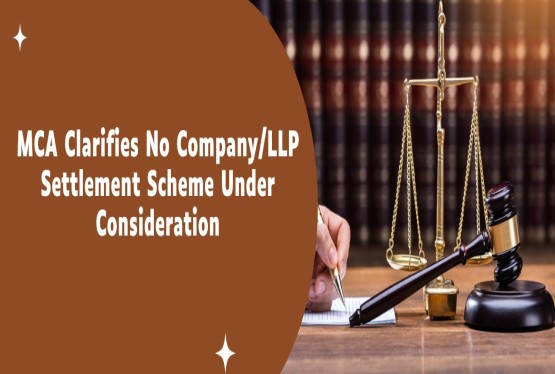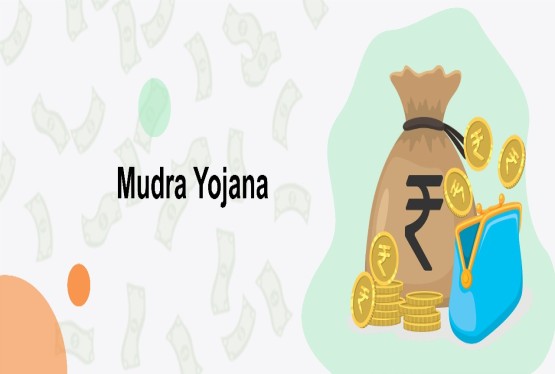A Memorandum of Deposit of Title Deed (MODT) is an important document you need when taking a home loan or property loan in India. In simple words, MODT means you give your original property papers to the bank as security for the loan. The MODT full form reflects its primary purpose formalizing the deposit of title documents to create a legal charge in favor of the bank or financial institution. Thoughtful the MODT meaning, process, and format helps borrowers stay informed about their rights and obligations, as well as about MODT charges involved in the process. This article explains everything you need to know about MODT in detail.
What is MODT?
MODT, or Memorandum of Deposit of Title Deed, is a document you sign when you take a home loan or property loan. It means you give your original property papers to the bank as a promise to repay the loan. Instead of making a full mortgage agreement, which can be costly, the bank keeps your property papers as security. The MODT confirms that the bank now holds your title deeds until you finish paying the loan. This way, you cannot sell or transfer the property without the bank’s permission. It’s a simpler and cheaper way for banks to secure a loan. MODT meaning helps you know your responsibilities before borrowing money against your property.
Why is MODT Important?
MODT (Memorandum of Deposit of Title Deed) is important because it keeps both the bank and the borrower safe. When you take a loan, you give your original property papers to the bank. This document proves that the bank has the right to keep your property papers until you repay the loan. Because of MODT, you cannot sell or transfer the property without the bank’s permission.
Another reason MODT is important is that it helps you save money and time. Compared to a traditional mortgage deed, MODT has lower stamp duty and fewer legal steps. This makes the loan process faster and more affordable for you. Overall, it makes borrowing easier while giving strong legal security to the bank.
Process of MODT
Here’s a clear explanation of how the Memorandum of Deposit of Title Deed (MODT) is prepared, from depositing your property papers to registering and completing the document with the bank:
Sanction of Loan
Sanction of loan means the bank has carefully checked your documents, credit score, and property details, and has approved giving you the loan with fixed terms like amount and interest rate. Once this is done, you can start the next steps, including giving your property papers for the MODT process.
Preparation of MODT
Preparation of MODT means the bank drafts a document stating that you have given your original property papers as security for the loan. This document includes details like your name, property description, loan amount, and confirms that the property is pledged until you repay the loan fully.
Execution of MODT
Execution of MODT means you sign the prepared document on the required stamp paper, confirming you have given your property papers to the bank as security. This step makes the mortgage agreement official and is necessary before moving to the registration stage with the Sub-Registrar.
Registration of MODT
Registration of MODT means submitting the signed document to the Sub-Registrar’s office to make it legally valid and publicly recorded. This step protects the bank’s rights over your property and ensures no one else can claim or transfer it until the loan is fully repaid.
Receipt of Certified Copy
Receipt of certified copy means you or the bank get an official, stamped copy of the registered MODT from the Sub-Registrar’s office. This copy serves as proof that the mortgage has been legally recorded and can be used for future reference until the loan is fully cleared.
MODT Charges
The MODT charges usually include different types of costs that a borrower needs to pay while creating the Memorandum of Deposit of Title Deed.
The biggest part of these charges is the stamp duty, which is a government fee you pay to make the MODT document. Each state fixes its own stamp duty, and it is usually charged between 0.1% and 0.5% of your loan amount. It is a major cost you should consider before taking a loan.
There is also a registration fee, which you pay at the Sub-Registrar’s office to make the MODT document official. This fee is generally small but very important because it gives legal protection to the bank.
You may also have to pay documentation charges, which cover the cost of preparing and checking all your papers. These fees can be different for each bank.
It’s better to check with the bank and get all charge details before taking a loan. When you know the MODT charges clearly, you can plan your money well, avoid unexpected costs, and complete your loan process without any trouble.
MODT Format
The MODT format is the standard way of writing this document, and while it can change slightly by bank or state, the main details always stay the same.
It then clearly mentions the names and addresses of the borrower (person taking the loan) and the lender (bank). It clearly mentions the property details, like its address and description, which is being given as security. The loan amount, date of deposit of the property papers, and a statement saying the borrower has handed over the original documents to the bank are also included.
At the end, both the borrower and the bank sign the document. This makes it official and proves that the property papers have been given to the bank until the loan is fully repaid.
Memorandum of Deposit of Title Deed
This is to confirm that on [Date], [Borrower's Name], residing at [Address], has deposited the title deeds pertaining to the property situated at [Property Address] with [Lender Name] as security for the loan amounting to Rs.[Loan Amount].
The said property is free from encumbrances, and this deposit creates an equitable mortgage in favor of [Lender Name].
Signed on this [Date].
[Borrower’s Signature]
[Lender’s Authorized Signatory]
Things to Remember
-
Before you sign the MODT document, carefully read and confirm that all details like your name, property information, loan amount, and bank details are completely correct. This helps you stay safe and avoid problems later.
-
After registering the MODT, make sure you get a copy from the bank or Sub-Registrar’s office. Keeping this copy safe is important because it proves that your property papers are with the bank.
-
Until you completely pay back the loan, remember you cannot sell, gift, or transfer your property without getting permission from the bank first. The bank has legal rights over your property during this time.
-
Once your loan is fully paid, collect all your original property papers from the bank and also ask for a No Objection Certificate (NOC). This shows that you have cleared your loan fully.
-
Always ask the bank to clearly explain and give you a full list of all MODT charges and extra fees before starting the process. This way, you can plan your money properly, avoid hidden costs, and complete your loan smoothly without any unexpected issues.
Closing Note
The Memorandum of Deposit of Title Deed (MODT) is a key document you need when taking a home or property loan. It confirms that your original property papers are safely kept with the bank as security until your loan is fully paid. This document protects both you and the bank and makes the loan process clear and legal. You will need to deposit your property papers, sign the MODT, get it registered, and pay all related charges like stamp duty and registration fees. It is very important to read all details carefully and keep your copy safe for future reference. Once you clear the loan, don’t forget to collect your original documents and a No Objection Certificate (NOC) from the bank. MODT helps you manage your money better and makes the entire loan process smooth and safe.
If you have any queries regarding Company Registration, Trademark Registration, Business License for any products, then you can connect with Compliance Calendar LLP experts through email info@ccoffice.in or Call/Whatsapp at +91 9988424211.
Frequently Asked Questions
Q1. What is a Memorandum of Deposit of Title Deed (MODT)?
Ans. MODT is a document that proves you have given your original property papers to the bank as security for a loan until you repay it fully.
Q2. Why do banks ask for an MODT?
Ans. Banks use MODT to secure their rights over your property. It prevents you from selling or transferring the property without their permission while the loan is active.
Q3. Is MODT mandatory for every home loan?
Ans. Yes, in most cases when you take a loan against property, banks require MODT to create an equitable mortgage.
Q4. What charges do I have to pay for MODT?
Ans. You need to pay stamp duty, registration fees, and documentation or service charges. These costs can vary depending on the state and the bank.
Q5. What details are included in the MODT document?
Ans. It has the borrower’s and bank’s names and addresses, property details, loan amount, date of deposit, and a statement confirming the documents are given as security.
Q6. Can I sell my property after creating an MODT?
Ans. No, you cannot sell or transfer the property without the bank’s permission until the full loan is repaid and the MODT is cleared.
Q7. What happens to my original documents after I repay the loan?
Ans. After repayment, the bank returns your original property papers along with a No Objection Certificate (NOC).
Q8. Do I get a copy of the registered MODT?
Ans. Yes, you or the bank will receive a certified copy of the MODT after it is registered at the Sub-Registrar’s office.
Q9. Can MODT charges be negotiated?
Ans. Usually, government charges like stamp duty and registration fees are fixed, but you can ask the bank to clarify or explain their service charges.
Q10. What should I check before signing the MODT?
Ans. You should carefully check all details like your name, property address, loan amount, and make sure all charges are clearly explained to avoid future problems.

_learn_crop6_thumb.jpg)










































































_crop10_thumb.jpg)







_Rules,_2025_learn_crop10_thumb.jpg)








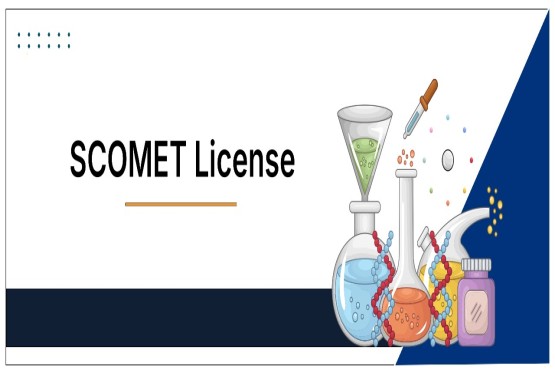



























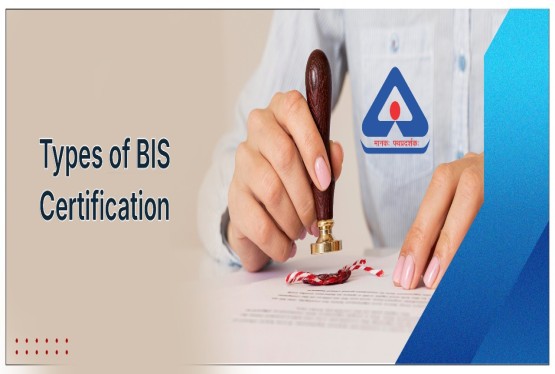

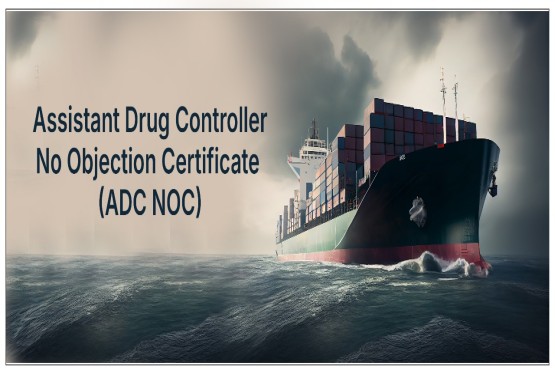






















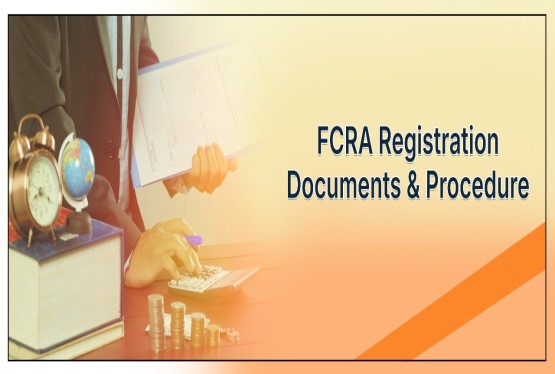


























_crop10_thumb.jpg)








 in BIS FMCS_learn_crop10_thumb.jpg)










_crop10_thumb.jpg)















_crop10_thumb.jpg)





_Code C-888_learn_crop10_thumb.jpeg)
_learn_crop10_thumb.jpg)





















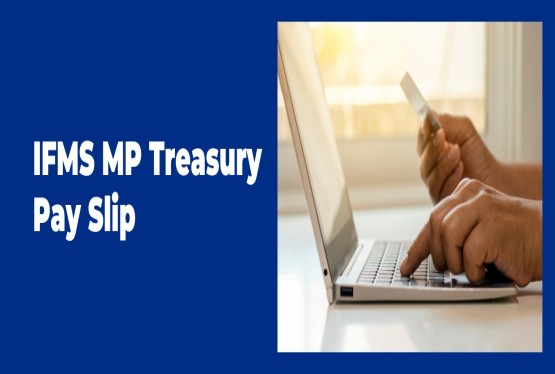











































_Certificate_learn_crop10_thumb.jpg)

_Certificate_(1)_crop10_thumb.jpg)

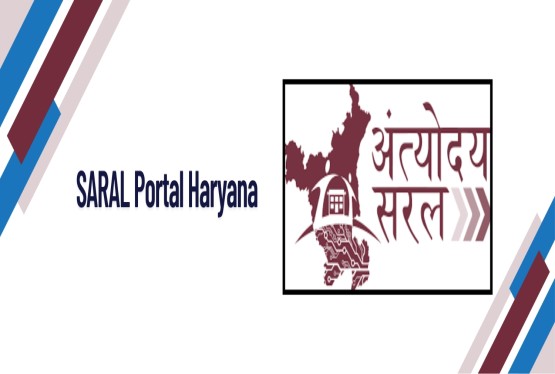




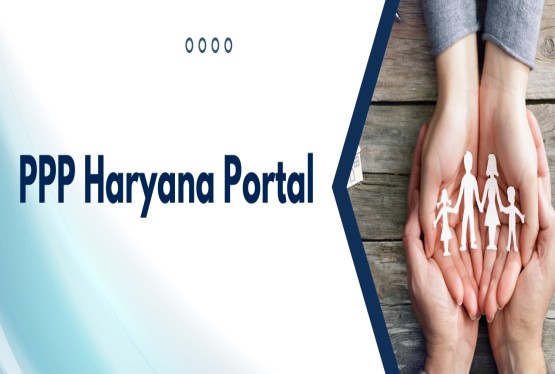








_learn_crop10_thumb.jpg)

_crop10_thumb.jpg)


















_Scheme_learn_crop10_thumb.jpg)


